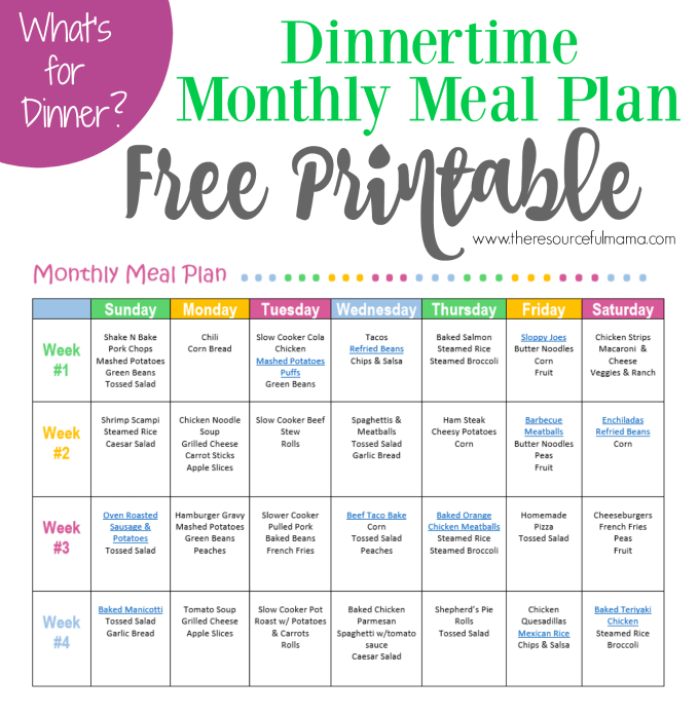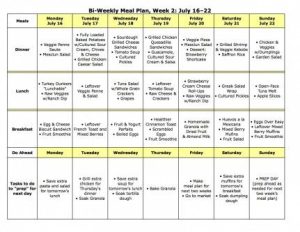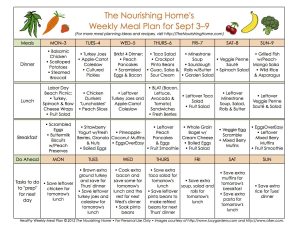
Budget-Friendly Meal Planning: Eating Well Without Breaking the Bank
In today’s fast-paced world, finding time to plan and prepare meals can be challenging. Budget constraints often add to the dilemma, making it difficult to eat well without overspending. However, with the right strategies and a little creativity, you can enjoy delicious and nutritious meals while still adhering to a tight budget.
The Importance of Meal Planning
Meal planning is a game-changer when it comes to saving money and eating healthy. By taking the time to plan your meals in advance, you can avoid unnecessary impulse purchases and reduce food waste. Additionally, meal planning allows you to make the most of the ingredients you have on hand, helping you create dishes that are both affordable and delicious.
Maximizing Budget-Friendly Ingredients
Utilizing budget-friendly ingredients is key to creating affordable meals. Items such as rice, pasta, beans, lentils, and seasonal fruits and vegetables are not only nutritious but also wallet-friendly. When planning your meals, incorporate these ingredients as the base and build your dishes around them.
Simple and Versatile Recipes
Opting for simple and versatile recipes is another effective way to save money. By choosing recipes that require fewer ingredients and minimal seasoning, you can cut down on costs while still enjoying satisfying meals. Also, selecting recipes with ingredients that can be used in multiple ways allows for greater variety and flexibility in your meal planning.
Meal Prepping for Savings
Meal prepping is a fantastic strategy to stay on budget and save time. Set aside a specific day each week to prepare and portion out your meals in advance. This ensures that you have ready-to-eat meals throughout the week, saving you from resorting to expensive takeout or delivery options.
Buying and Cooking in Bulk
Buying ingredients in bulk is an excellent way to save money in the long run. Staple items like grains, legumes, and canned goods can be purchased in larger quantities, which often come at a significantly lower price per unit. Likewise, cooking in bulk quantities allows you to freeze leftover portions for future meals, reducing waste and providing convenience.
Shopping Smartly and Strategically
When it comes to grocery shopping, being strategic can make a significant difference in your budget. Here are a few tips:
Make a Shopping List
Create a detailed shopping list before heading to the store and stick to it. This practice will help you avoid impulse purchases and ensure you only buy what you need.
Shop Seasonally and Locally
Seasonal produce is often priced more reasonably, making it an ideal choice for budget-conscious meal planning. Additionally, try to support local farmers by purchasing your produce at farmer’s markets or joining a community-supported agriculture (CSA) program, which can offer fresh and affordable ingredients.
Compare Prices and Look for Deals
Before purchasing an item, compare prices between different brands and sizes. Additionally, keep an eye out for sales, promotions, and discounts, and consider using coupons to save even more.
Flexibility and Adaptability
Finally, it is important to be flexible and adaptable with your meal planning. Embrace the concept of “meatless Mondays” or incorporate a few vegetarian or vegan meals into your weekly menu. These options often tend to be more cost-effective while still providing plenty of nutrients.
Plan for Leftovers
Don’t forget to incorporate leftovers into your meal planning strategy. Repurpose them creatively by transforming yesterday’s dinner into a delicious lunch or incorporating them into a new dish. This helps minimize waste and stretches your budget even further. With these tips and tricks, budget-friendly meal planning becomes a breeze. By investing a little time and effort into your meal planning routine, you can eat well without breaking the bank, allowing you to enjoy delicious and nutritious meals while keeping your finances in check.

